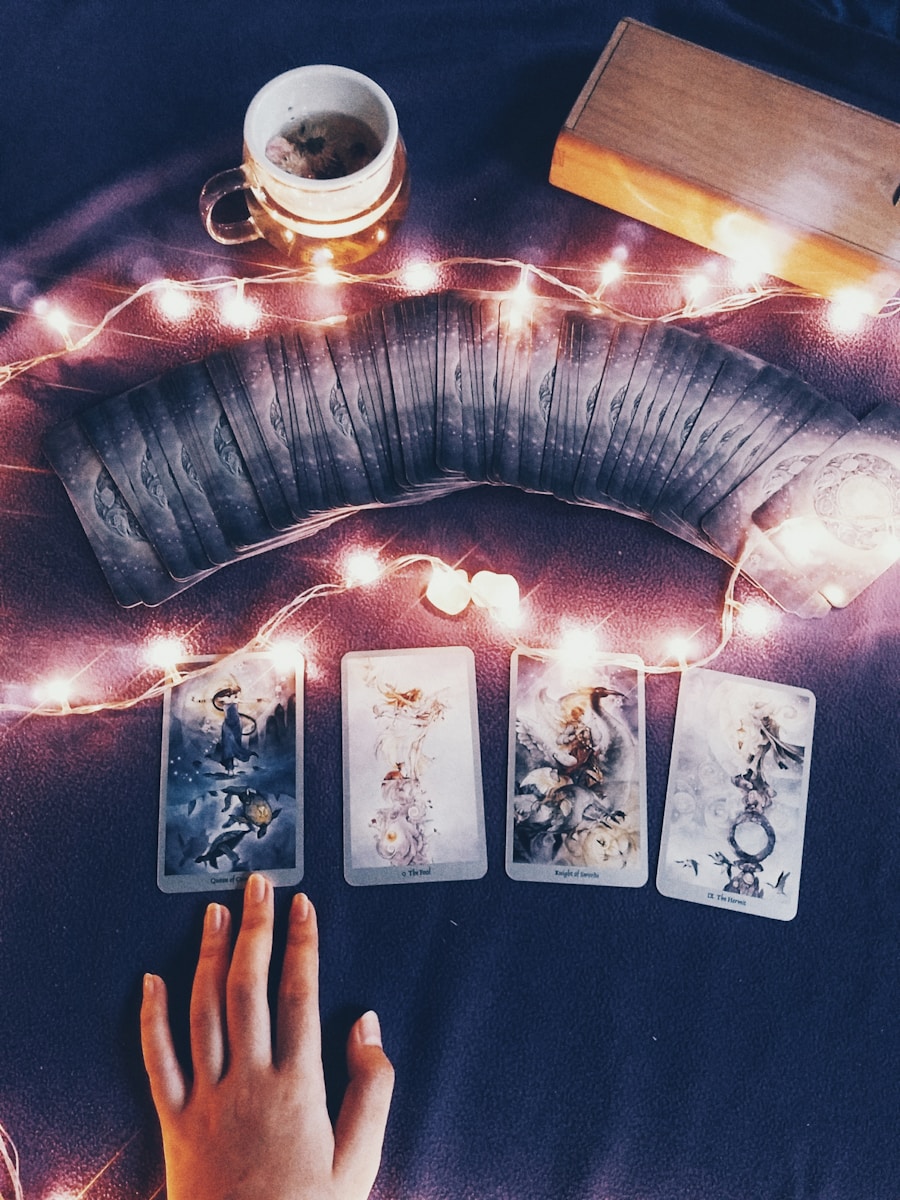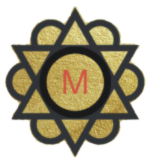
The world of tarot is often shrouded in mystique, a blend of ancient tradition and modern interpretation that captivates the imagination. For writers, tarot can serve as a powerful tool, offering a unique lens through which to explore narrative possibilities. The cards, rich with symbolism and archetypal imagery, can unlock creative pathways that might otherwise remain hidden.
By engaging with tarot, writers can tap into their subconscious, allowing intuition to guide their storytelling process. This connection between the cards and the creative mind can lead to unexpected insights and innovative ideas. Writers often grapple with the challenge of generating fresh concepts and overcoming creative blocks.
Each card represents a myriad of meanings, inviting writers to delve into themes, character motivations, and plot developments. The act of drawing cards can serve as a ritualistic practice, creating a space for reflection and inspiration.
As writers engage with the tarot, they may find themselves not only developing their narratives but also deepening their understanding of their own creative processes.
Key Takeaways
- Tarot cards can be a valuable tool for writers to spark creativity and inspiration in their storytelling.
- Drawing a tarot card can help writers generate new story ideas and overcome writer’s block.
- The Major Arcana cards represent universal themes and archetypes that can influence and enrich a writer’s storytelling.
- Tarot spreads can be used to develop and deepen characters by exploring their motivations, conflicts, and growth.
- Tarot can be used to develop plotlines and resolve conflicts by providing new perspectives and insights into the story.
How to Use Tarot Cards to Spark Story Ideas
Three-Card Story Framework
One of the most compelling ways to utilize tarot in writing is by drawing cards specifically to generate story ideas. A simple yet effective method involves selecting three cards from the deck, each representing a different aspect of the narrative: the protagonist, the conflict, and the resolution. For example, if a writer draws The Fool for the protagonist, it suggests a character embarking on a journey filled with potential and naivety. The conflict card, perhaps The Tower, could indicate a sudden upheaval that challenges the protagonist’s worldview. Finally, drawing The Star as the resolution might imply a hopeful outcome after turmoil. This method not only provides a framework for story development but also encourages writers to think outside conventional boundaries.
Exploring Card Connections
Each card can inspire various interpretations based on its position and relationship with other cards. For example, if The Fool is paired with The Tower, it may suggest a narrative where innocence is shattered by unexpected events, leading to profound personal growth. Writers can explore these connections further by journaling their thoughts or free-writing based on the imagery and meanings of the drawn cards.
Tarot as a Prompt Generator
Another approach involves using tarot as a prompt generator. Writers can select a single card and use its imagery as a springboard for a scene or character sketch. For instance, drawing The Empress might inspire a writer to create a character who embodies nurturing qualities or explores themes of fertility and abundance. The writer could then brainstorm scenarios that align with this character’s traits or delve into her backstory. This method allows for spontaneous creativity, as the writer can let their imagination roam freely while remaining anchored in the card’s symbolism.
Understanding the Major Arcana and Its Influence on Writing

The Major Arcana consists of 22 cards that represent significant life lessons and archetypal themes. Each card carries profound meanings that can resonate deeply within a narrative context. Understanding these cards can enhance a writer’s ability to craft compelling stories that reflect universal human experiences.
For example, The Lovers card often symbolizes choices and relationships, making it an excellent focal point for exploring romantic entanglements or moral dilemmas within a plot. When writers incorporate Major Arcana cards into their work, they can draw upon the rich tapestry of meanings associated with each card. The Wheel of Fortune, for instance, signifies cycles and change, which can be pivotal in developing plot twists or character arcs.
A character who experiences a sudden shift in fortune may face challenges that test their resilience and adaptability. By weaving these themes into their narratives, writers can create stories that resonate on multiple levels, engaging readers with both emotional depth and intellectual complexity. Moreover, the Major Arcana can serve as a guide for character development.
Each card embodies distinct traits and motivations that can inform how characters interact with one another and navigate their journeys. For instance, The Emperor represents authority and structure, suggesting a character who seeks control over their environment or struggles against oppressive forces. By aligning characters with specific Major Arcana cards, writers can create nuanced personalities that reflect the complexities of human nature.
Using Tarot Spreads for Character Development
Tarot spreads are layouts of cards that provide insight into specific questions or themes. Writers can utilize various spreads to delve into character development, gaining clarity on their characters’ motivations, desires, and conflicts. A popular spread for character exploration is the “Character Profile Spread,” which typically consists of five cards representing different aspects of the character’s psyche: their core desire, fears, strengths, weaknesses, and potential growth areas.
For example, if a writer draws The Chariot as the core desire card, it suggests that the character is driven by ambition and determination. This insight can inform how the character approaches challenges throughout the story.
By examining these elements together, writers can create multi-dimensional characters whose journeys resonate with readers on an emotional level. Another effective spread is the “Relationship Dynamics Spread,” which explores how characters interact with one another. This spread typically includes cards representing each character’s perspective on the relationship, underlying tensions, and potential outcomes.
For instance, if one character draws The Hermit while another draws The Sun, it may suggest a dynamic where one character seeks solitude and introspection while the other embodies joy and vitality. This contrast can create rich narrative tension as both characters navigate their differing needs and desires.
Using Tarot for Plot Development and Conflict Resolution
Tarot can also play a crucial role in shaping plot development and resolving conflicts within a story. Writers can employ specific spreads designed to address plot points or conflicts directly. One such spread is the “Plot Point Spread,” which typically includes cards representing the inciting incident, rising action, climax, falling action, and resolution.
By drawing cards for each stage of the plot, writers can gain insights into how to structure their narratives effectively. For example, if the inciting incident card is The Hanged Man, it may suggest that the protagonist faces a situation requiring them to pause and reevaluate their choices before moving forward. This moment of reflection could lead to significant character growth or an unexpected twist in the plot.
Similarly, if the climax card is represented by The Devil, it might indicate a confrontation with inner demons or external temptations that challenge the protagonist’s values. Conflict resolution can also be explored through tarot by examining how characters respond to challenges presented in the narrative. A spread focused on conflict resolution might include cards representing the source of conflict, potential solutions, and outcomes based on different choices made by characters.
For instance, if the source of conflict is represented by The Five of Wands—indicating competition or rivalry—writers can explore how characters navigate this tension through collaboration or confrontation.
Incorporating Tarot Symbolism into Your Writing

Incorporating tarot symbolism into writing adds layers of meaning that enrich narratives and engage readers on multiple levels. Writers can weave tarot imagery into descriptions, dialogue, or thematic elements throughout their stories. For instance, referencing The High Priestess in relation to a character’s intuition or hidden knowledge can create an atmosphere of mystery and depth.
Symbolism from tarot can also inform world-building within fantasy or speculative fiction genres. A writer might create a society where each Major Arcana card represents different factions or belief systems. For example, The Empress could symbolize a matriarchal society focused on nurturing and community-building, while The Tower might represent a faction that values upheaval and transformation through chaos.
This approach allows writers to explore complex societal dynamics while grounding them in familiar archetypes. Additionally, writers can use tarot symbolism to enhance character arcs by aligning their journeys with specific cards’ themes. A character who embodies qualities associated with The Fool may undergo significant growth as they navigate challenges that force them to confront their naivety and embrace wisdom.
By consciously integrating these symbols into character development and plot progression, writers create narratives that resonate deeply with readers’ experiences and emotions. In conclusion, tarot offers writers an expansive toolkit for creativity and exploration within their craft. By engaging with tarot cards—whether through generating story ideas, developing characters, shaping plots, or incorporating symbolism—writers can unlock new dimensions of storytelling that captivate audiences and enrich their narratives.
Through this ancient practice reimagined for modern storytelling, writers can find inspiration in every shuffle of the deck.
If you are interested in delving deeper into the world of tarot and its symbolism, you may want to check out The Hanged Man Tarot Card: Surrender, Sacrifice, and New Perspectives. This article explores the meaning behind this intriguing card and how it can inspire new perspectives and ideas. Just like using tarot cards to spark story ideas, understanding the deeper meanings behind each card can provide writers with a wealth of inspiration and creativity.
FAQs
What is tarot?
Tarot is a deck of 78 cards that are often used for divination, meditation, and self-reflection. Each card has its own imagery and symbolism, and can be interpreted in various ways.
How can tarot be used for writers?
Writers can use tarot cards as a tool for sparking creativity and generating story ideas. By drawing cards and interpreting their meanings, writers can find inspiration for characters, plot twists, and themes in their writing.
How does tarot help with brainstorming story ideas?
Tarot cards can help writers access their subconscious and tap into their intuition, leading to unique and unexpected story ideas. The imagery and symbolism on the cards can prompt writers to think outside the box and explore new narrative possibilities.
Is tarot a form of fortune-telling?
While tarot is often associated with fortune-telling, it is important to note that its primary purpose is to provide guidance and insight rather than predict the future. When used by writers, tarot serves as a tool for creative exploration rather than predicting specific outcomes.
Do writers need to have experience with tarot to use it for brainstorming?
No prior experience with tarot is necessary to use it for brainstorming story ideas. Writers can simply draw cards and interpret their meanings based on their own intuition and creativity. There are also many resources available to help beginners understand the basics of tarot card meanings.






